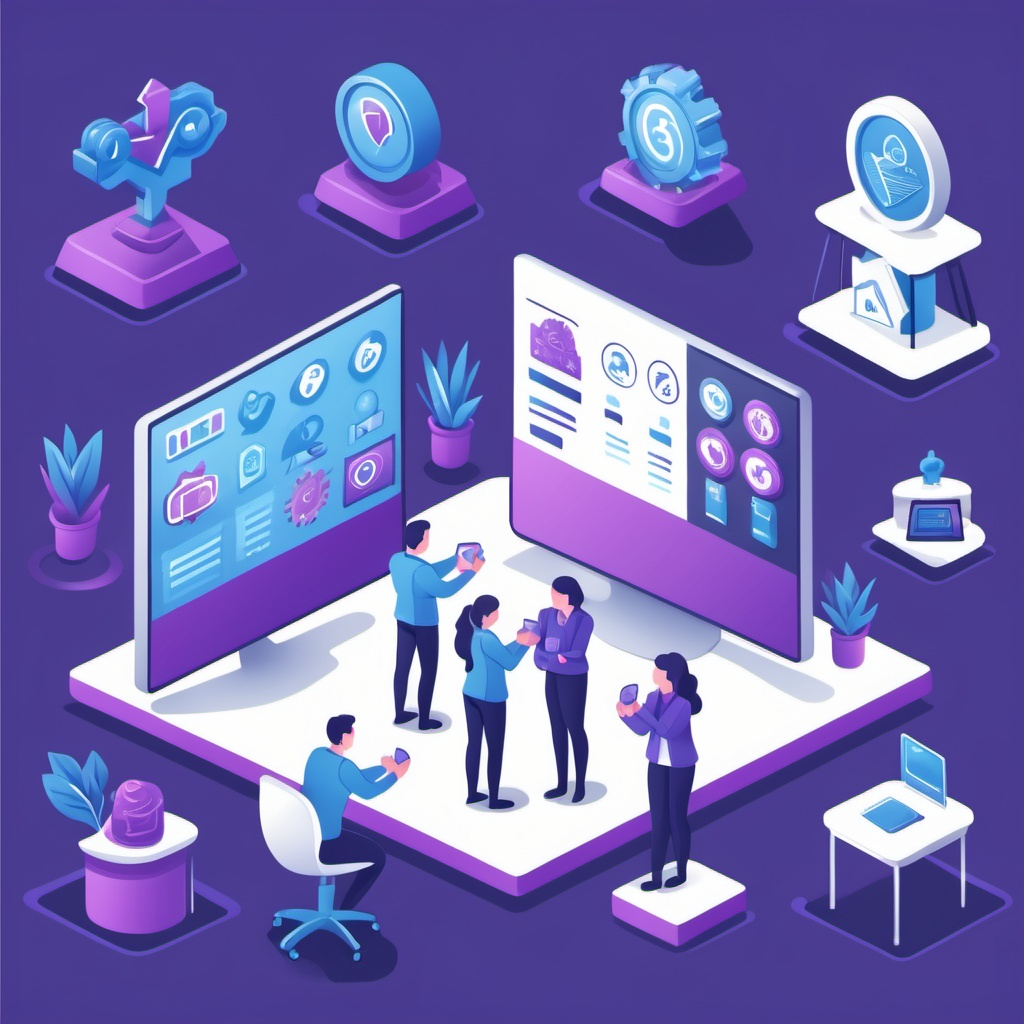Datafication of Performance: Are we Measuring Right?

The datafication of performance in the workplace has become a focal point for organizations striving to enhance productivity and employee engagement. However, the critical question arises: Are we measuring the right things?
Understanding Employee Performance Metrics
Employee performance metrics are essential tools that organizations use to assess efficiency, productivity, and engagement levels among their workforce. These metrics can be broadly categorized into three main types:
Management by Objectives (MBO): This approach aligns individual goals with overarching company objectives, allowing employees to understand how their contributions impact the organization.
Key Performance Indicators (KPI): These are specific metrics that help assess progress toward defined business goals. KPIs can vary significantly across different industries and roles.
Objectives and Key Results (OKR): Similar to MBOs, OKRs involve setting ambitious goals but emphasize measurable outcomes that employees define themselves.
These frameworks provide a structured way to evaluate performance but often fall short if they do not align with employee engagement and satisfaction levels.
The Role of Employee Engagement
Research from Gallup highlights that employee engagement is a significant predictor of performance outcomes. Their studies show that teams with high engagement levels experience better customer ratings, increased productivity, and lower turnover rates. Specifically, top-quartile business units achieve 23% higher profits than those in the bottom quartile.
Gallup’s Q12 survey identifies twelve key elements that contribute to employee engagement, including role clarity and recognition for good work. These elements are not just abstract concepts; they have tangible impacts on performance metrics like absenteeism and safety incidents.
Are We Measuring the Right Things?
While traditional metrics like sales figures or production output are valuable, they often overlook critical aspects of employee experience that drive long-term success. For instance:
Quality Over Quantity: Focusing solely on output can lead to burnout and decreased quality of work. Metrics should include assessments of work quality and problem-solving abilities rather than just volume.
360-Degree Feedback: This method collects insights from various stakeholders, providing a well-rounded view of an employee’s performance. It encourages a culture of continuous feedback rather than annual reviews.
Team Dynamics: Measuring individual contributions within team contexts can reveal insights into collaboration effectiveness, which is crucial for fostering innovation and adaptability.
The Need for a Holistic Approach
Organizations must adopt a holistic approach to performance measurement that integrates both quantitative and qualitative data. This involves:
Regular Check-Ins: Frequent discussions between managers and employees can help clarify expectations and provide real-time feedback.
Employee Wellbeing: Metrics should also consider employees’ mental health and job satisfaction as these factors significantly influence overall performance.
Adaptability: As workplaces evolve, so too should the metrics used to measure performance. Organizations need to be flexible in adapting their measurement strategies to reflect changing dynamics.
Conclusion
The datafication of workplace performance presents both opportunities and challenges. While it provides valuable insights into productivity and efficiency, organizations must ensure they are measuring the right things—those that truly reflect employee engagement and satisfaction. By adopting a more comprehensive approach to performance metrics, companies can create a more motivated workforce that drives sustainable success.
References
https://www.gallup.com/workplace/649487/world-largest-ongoing-study-employee-experience.aspx
https://www.gallup.com/394373/indicator-employee-engagement.aspx









